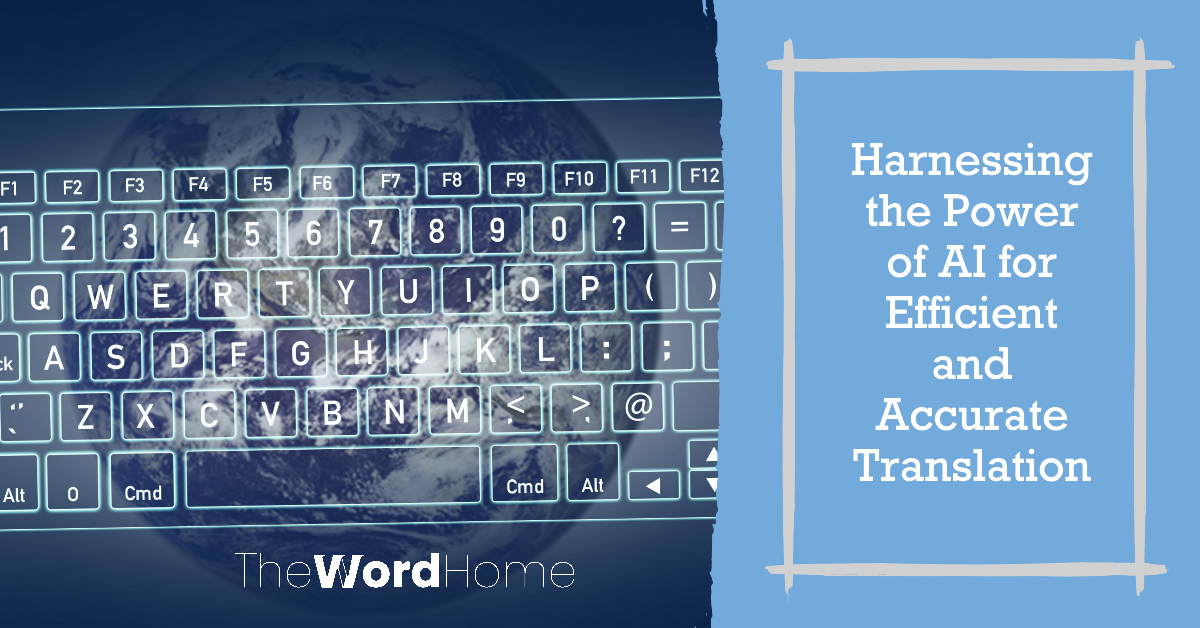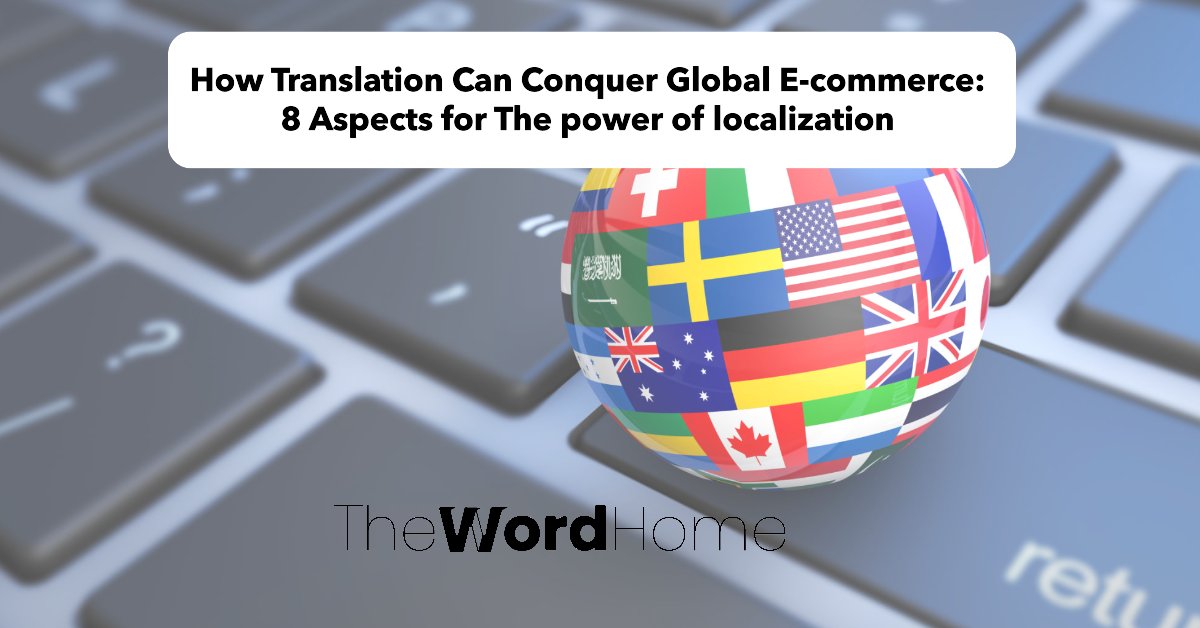Table of Contents
The demand for accurate and efficient translation services has never been greater in today’s globalized world. Whether you are a business seeking to expand into new markets, an academic requiring multilingual research access, or an individual needing to translate personal documents, leveraging artificial intelligence (AI) can significantly enhance the translation process. This article explores how you can effectively utilize AI in translation to meet your document translation needs.
Understanding AI in Translation
Artificial intelligence has revolutionized various industries, and translation is no exception. AI-powered translation tools utilize machine-learning algorithms and vast databases of linguistic data to provide translations that are not only fast but also increasingly accurate. These tools analyze text, recognize patterns, and generate translations that can often rival human translators, especially for straightforward content.
Key Technologies in AI Translation

- Machine Translation (MT): This is the backbone of AI translation. MT tools like Google Translate and DeepL use complex algorithms to convert text from one language to another. They can process large volumes of text in real-time, making them ideal for urgent translation needs.
- Neural Machine Translation (NMT): An advanced subset of MT, NMT models utilize neural networks to improve translation quality. They consider context, enabling more fluent and natural translations. This technology is particularly effective for languages with complex grammar structures.
- Natural Language Processing (NLP): NLP allows machines to understand and interpret human language. By employing NLP, AI translation tools can recognize idiomatic expressions, cultural nuances, and contextual meanings, leading to more accurate translations.
- Post-Editing by Humans: Although AI has made significant strides, human translators still play a crucial role. Combining AI with human expertise can enhance translation quality, especially for specialized documents where precision is paramount.
Benefits of Using AI for Document Translation
1. Speed and Efficiency
One of the most significant advantages of AI in translation is its speed. Traditional translation methods can be time-consuming, especially for lengthy documents. AI translation tools can process and translate large texts in a matter of minutes, enabling businesses and individuals to receive their translations quickly.
2. Cost-Effectiveness

Utilizing AI in translation can also lead to significant cost savings. Traditional translation services often charge by the word or hour, which can add up quickly, particularly for extensive documents. AI tools typically operate on a subscription basis or even offer free versions, allowing you to translate without incurring high costs.
3. Scalability
For businesses, scalability is crucial. As your organization grows, so does the need for translation across multiple languages. AI tools can easily handle increased volumes of translation requests, making it simpler to expand your global reach without compromising quality.
4. Consistency
AI translation tools maintain a consistent tone and terminology throughout your documents. This consistency is particularly important for businesses that require uniformity in branding and messaging across different languages. Once you set specific terminology in an AI tool, it can apply that consistently in future translations.
5. Accessibility
AI-powered translation services make translation more accessible to a broader audience. With user-friendly interfaces and instant translations, individuals and small businesses can obtain high-quality translations without needing extensive language knowledge or resources.
Best Practices for Utilizing AI in Translation

1. Choose the Right Tool
Selecting the appropriate AI translation tool is crucial. Popular options like Google Translate, DeepL, and Microsoft Translator have their strengths and weaknesses. Consider your specific needs—whether you require translations for legal documents, marketing materials, or technical content—when choosing a tool.
2. Understand Limitations
While AI translation has come a long way, it is essential to recognize its limitations. AI may struggle with complex sentences, nuanced language, or specialized terminology. For critical documents, consider using AI for a first draft followed by human proofreading or editing.
3. Provide Context
To enhance the quality of AI-generated translations, provide as much context as possible. This could include background information on the subject matter, specific terms to use, or examples of preferred language styles. The more information you give the AI tool, the better the output will likely be.
4. Use Post-Editing
After obtaining a translation from an AI tool, consider employing a human translator for post-editing. This process involves reviewing the machine-generated translation for accuracy, fluency, and context. A skilled translator can refine the translation and ensure it meets your standards.
5. Stay Updated
AI translation tools are continuously evolving. Regularly check for updates and new features that may enhance your translation experience. Many providers are integrating advanced features, such as voice translation and real-time collaboration, to improve user experience.
Future Trends in AI Translation
The landscape of AI in translation is continually changing. Emerging trends indicate that we can expect even more sophisticated tools shortly. Some notable trends include:

- Increased Personalization: Future AI tools may offer greater personalization options, allowing users to tailor translations to specific audiences or contexts.
- Integration with Other Technologies: AI translation will increasingly integrate with other technologies, such as augmented reality (AR) and virtual reality (VR), to provide real-time translations in immersive environments.
- Improved Understanding of Nuance: Ongoing advancements in NLP will likely lead to better recognition of cultural nuances and idiomatic expressions, enhancing the overall quality of translations.
In conclusion, utilizing AI in translation can significantly improve the efficiency, accuracy, and accessibility of document translation services. By understanding the technologies involved, recognizing the benefits, and following best practices, you can enhance your translation processes and meet your multilingual needs effectively. Whether you are a business, academic, or individual, embracing AI-powered translation tools can open doors to new opportunities and help you communicate seamlessly across language barriers.
As the world continues to evolve and the demand for multilingual communication grows, staying ahead with the latest translation technology will undoubtedly position you for success in an interconnected global landscape.


